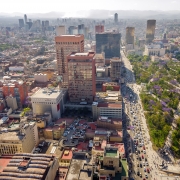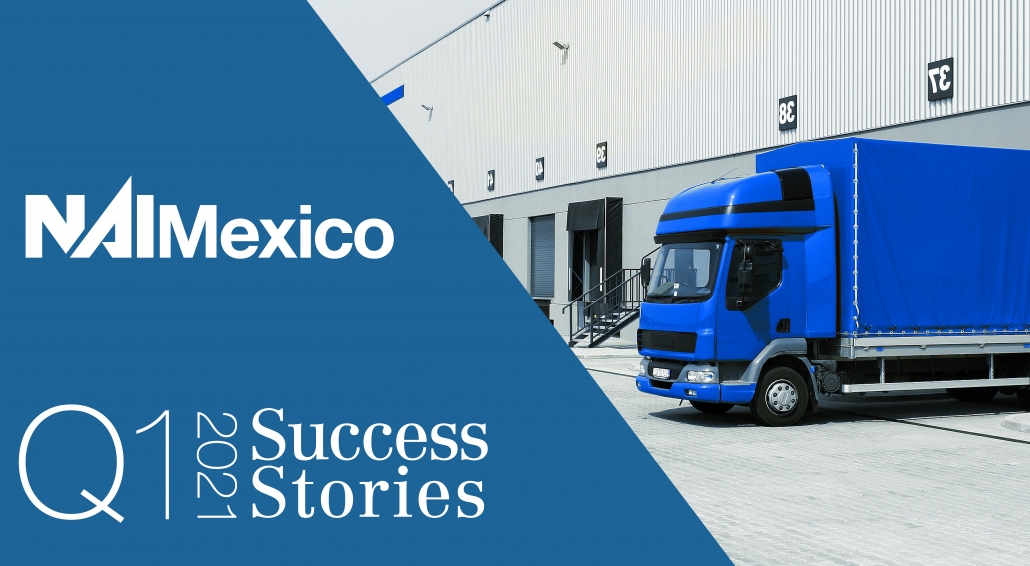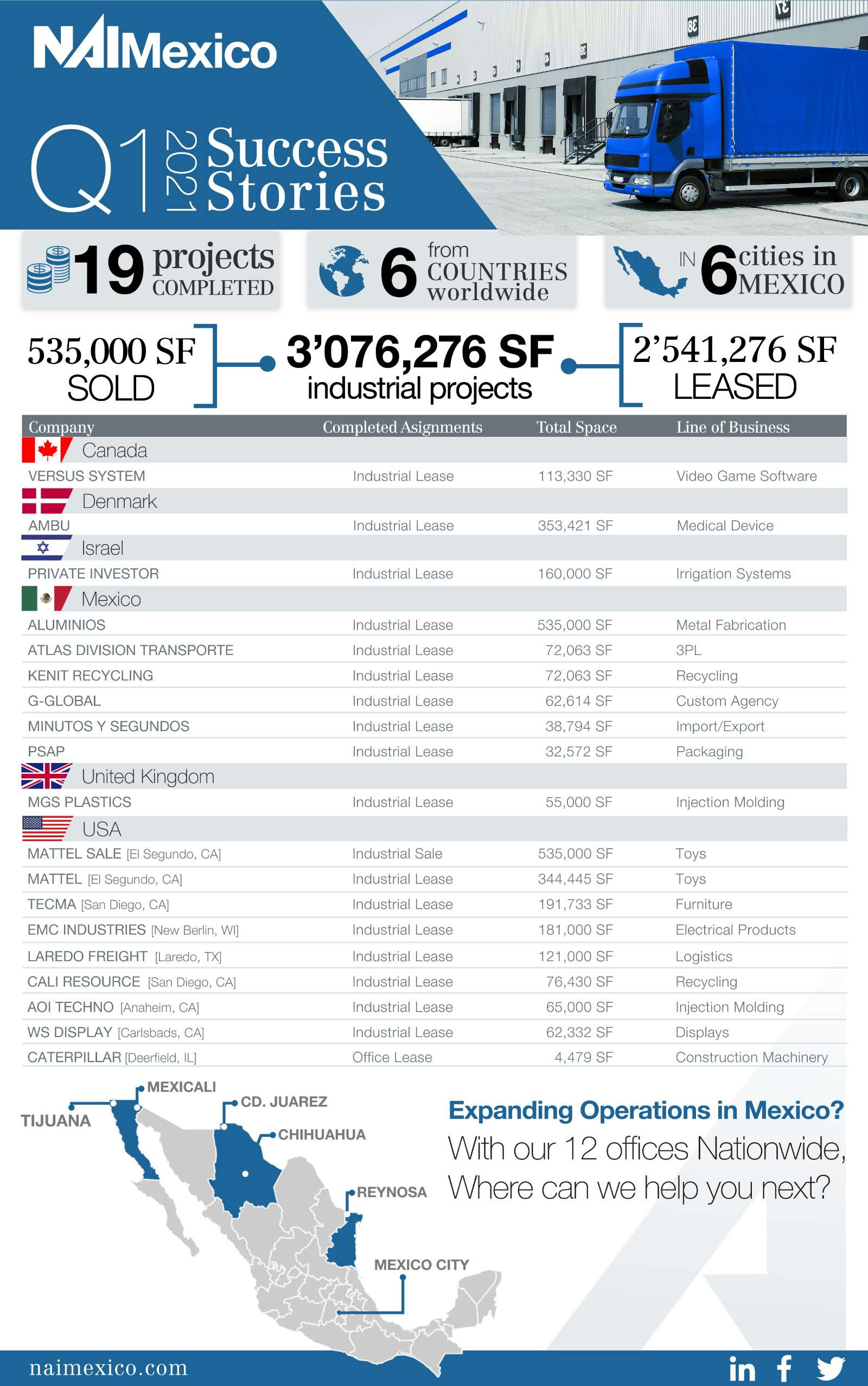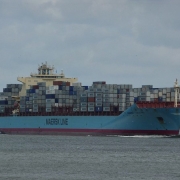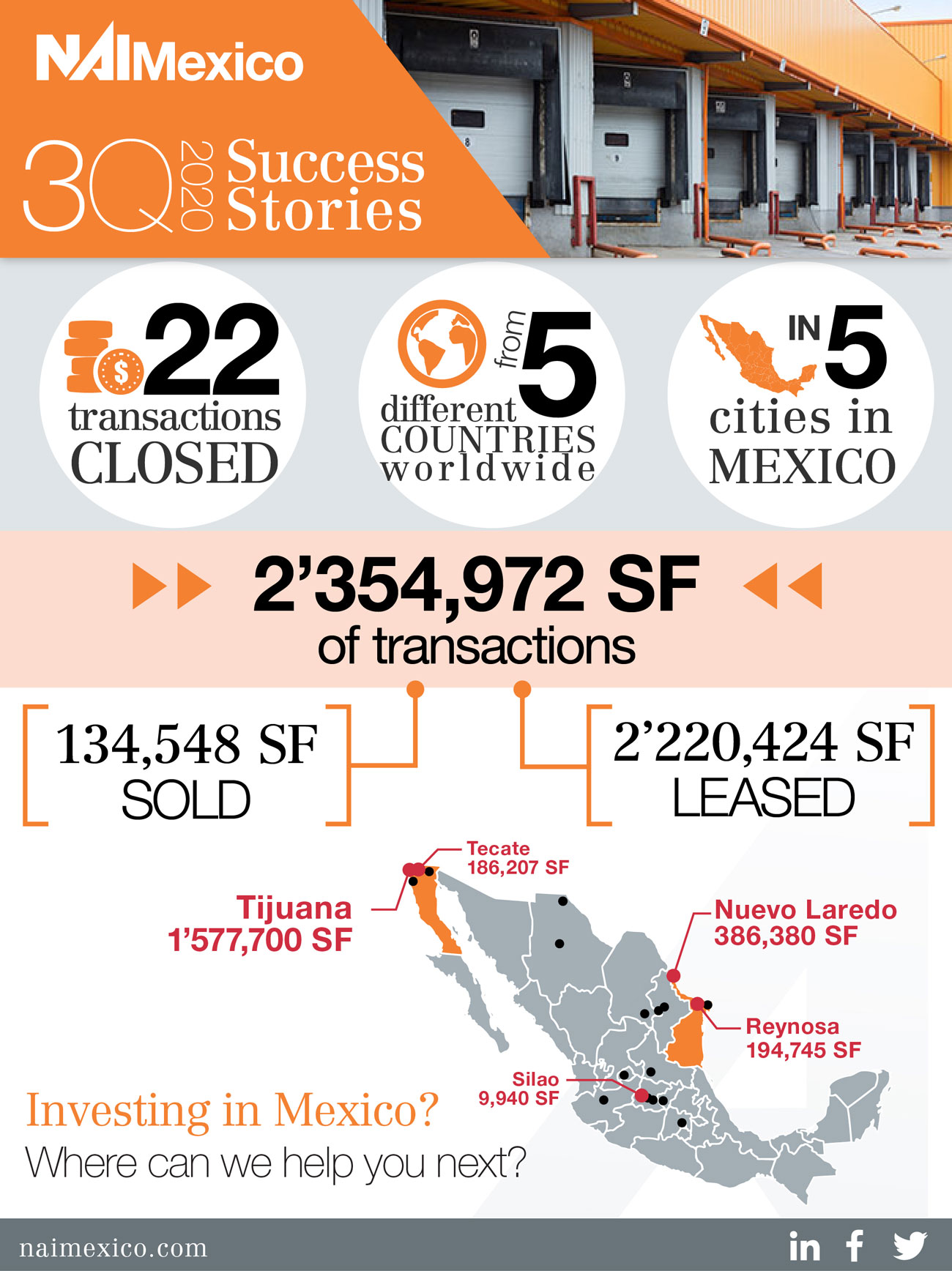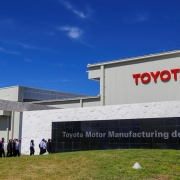Tranformando oficinas en vivienda.
“La acción y la adaptabilidad crean oportunidades” Garrison Wynn
El mundo actual se ha visto obligado a replantear las formas de organización de la sociedad a raíz de la del Covid-19. Los espacios de trabajo fueron abandonados y el home office ha traído a la mesa el gran debate sobre la necesidad o no de las grandes oficinas corporativas.
Para hacer frente a la situación las grandes inmobiliarias se pleantean la posibilidad de reconvertir los espacios corporativos en vivienda, buscando aprovechar los espacios ya existentes y así obtener ingresos.
En la Ciudad de México, son ya varios edificios que están apostando por convertirse en viviendas y acoplarse a los escenarios de la nueva normalidad.
Gonzalo Robina, Director del Fideicomiso en bienes raíces Fibra Uno, aseguró recientemente que la fibra contempla convertir tres de sus propiedades para este fin:
“Sí se están dando casos, de hecho tengo presentes dos edificios en Periférico Sur, a la altura de Perisur, que eran de oficinas y que hoy se van a convertir en vivienda, otro está en la Colonia del Valle. Sí hay reconversión en ese sentido, y estamos hablando de los edificios que se construyeron en los años 80 o 90.Los edificios que pueden ser utilizados para la reconversion serán os que no contaban con las certificaciones que hoy prácticamente todos los corporativos exigen para poder ocupar, pero son edificios muy buenos que tienen los espacios suficientes para hacer una reconversión a vivienda y que al final de cuentas ha sido un sector que ha tenido un boom durante las últimas dos década”
Esta no es la primera vez que se da esta transformación en el mundo; Enrique Tellez, Presidente de la Asociación de Desarrolladores Inmobiliarios (ADI) ejemplificó que este tipo de reconversiones fueron populares hace décadas en Nueva York, cuando las áreas industriales se convirtieron en los famosos lofts, grandes talleres y almacenes abandonados se convirtieron en viviendas.
Actualmente, en España algunos de los hoteles ya apuestan por la reconversión de sus espacios en oficinas para el teletrabajo, para lo que necesitan infraestructura y equipamiento tecnológico, además de flexibilidad en la configuración del mobiliario e instalaciones adecuadas para el trabajo compartido.
Fuente: Milenio
Para conocer más sobre las oportunidades de reconversación, escribemos un email a fmartinez@naimexico.

